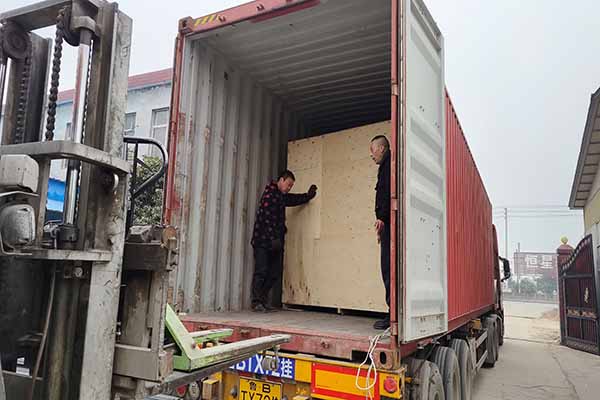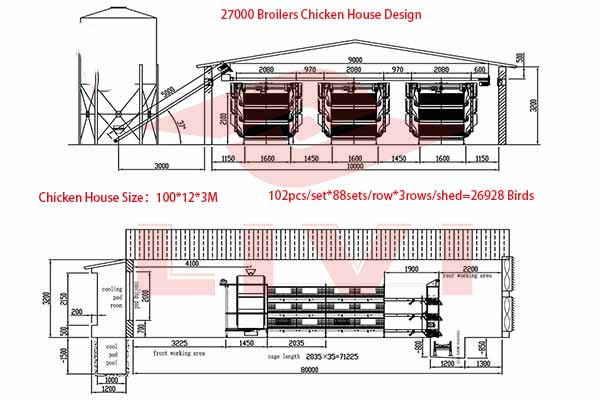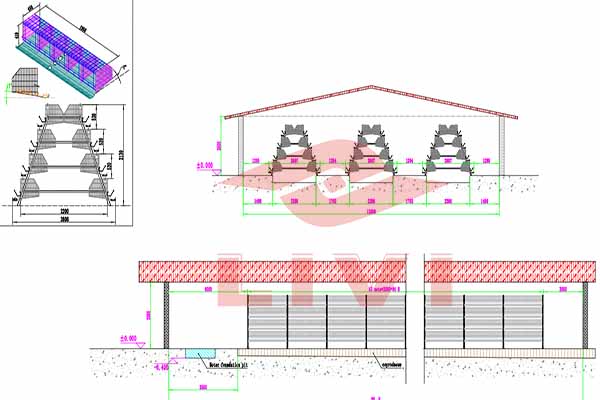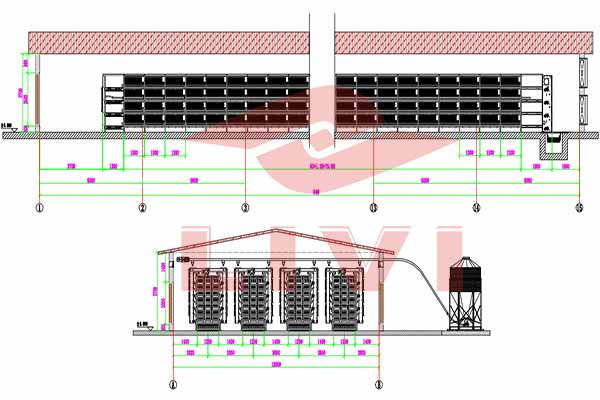Implementing an Automatic Chicken Cage System for 400,000 Chickens in Zambia
In the fast-growing poultry industry of Zambia, scaling up operations efficiently is crucial for success. One of the key components to achieve this is the implementation of an automatic chicken cage system. This article delves into the benefits and requirements of setting up a system capable of housing and managing 400,000 chickens in Zambia.
Benefits of an Automatic Chicken Cage System
- Improved Efficiency: Automation reduces the need for manual labor, leading to higher productivity and reduced costs.
- Enhanced Biosecurity: Automated systems minimize the risk of disease transmission among chickens.
- Optimized Feeding: Automated feeding systems ensure consistent and precise nutrition, promoting better growth rates.
- Health Monitoring: Continuous health monitoring through automated systems allows for early detection and treatment of diseases.
Key Components of an Automatic Chicken Cage System for 400,000 Chickens
| Component | Description |
|---|---|
| Chicken Cages | Robust, well-ventilated cages designed to house chickens comfortably. |
| Feeding Systems | Automated systems for delivering feed to chickens at regular intervals. |
| Watering Systems | Automated systems for providing clean drinking water to chickens. |
| Climate Control Systems | Systems to maintain optimal temperature and humidity levels within the chicken houses. |
| Health Monitoring Systems | Real-time monitoring of chicken health, including weight, temperature, and behavior. |
According to a study conducted by the Zambia Poultry Association, an automatic chicken cage system can increase the average production of chickens per unit area by up to 30%. This translates to a significant increase in revenue for poultry farmers in Zambia.
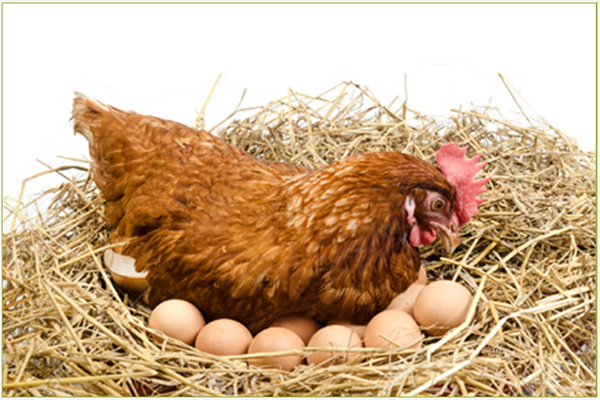
Implementation Considerations
When planning to implement an automatic chicken cage system for 400,000 chickens in Zambia, several factors should be considered:
- Site Selection: Choose a location with access to reliable electricity and water sources.
- Capacity Planning: Ensure the system is scalable and can handle future expansion.
- Regulatory Compliance: Adhere to local regulations and health standards.
- Training and Support: Invest in training for staff to operate and maintain the system effec
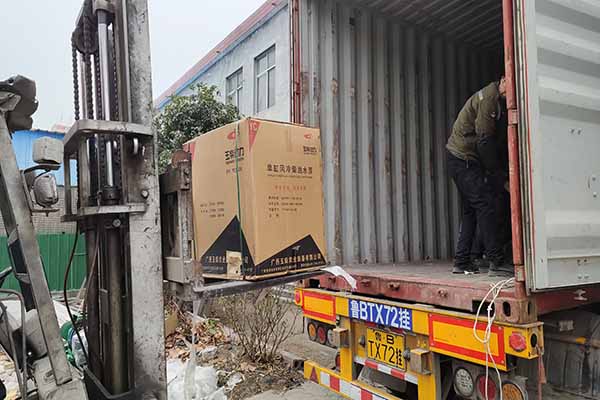 tively.
tively.
By considering these factors, poultry farmers and investors can ensure a successful implementation of their automatic chicken cage system.
Conclusion
Investing in an automatic chicken cage system for 400,000 chickens in Zambia can revolutionize the poultry industry, offering significant benefits in terms of efficiency, biosecurity, and profitability. If you are considering such an investment, we at LIVI Mechanical are here to assist you. Leave us a message below, and we will provide you with a free chicken farming design and equipment quotation.
